















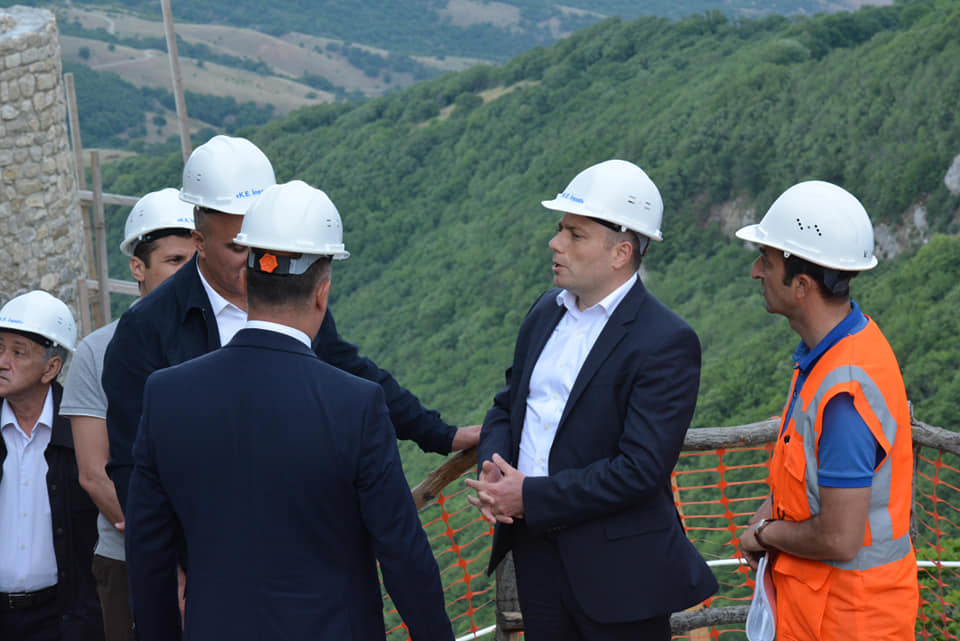


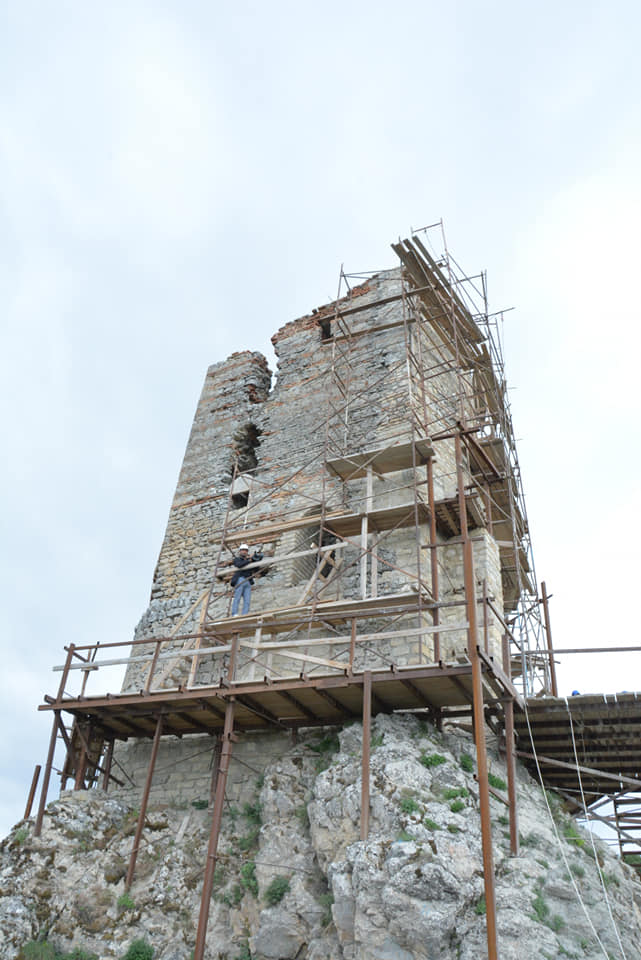
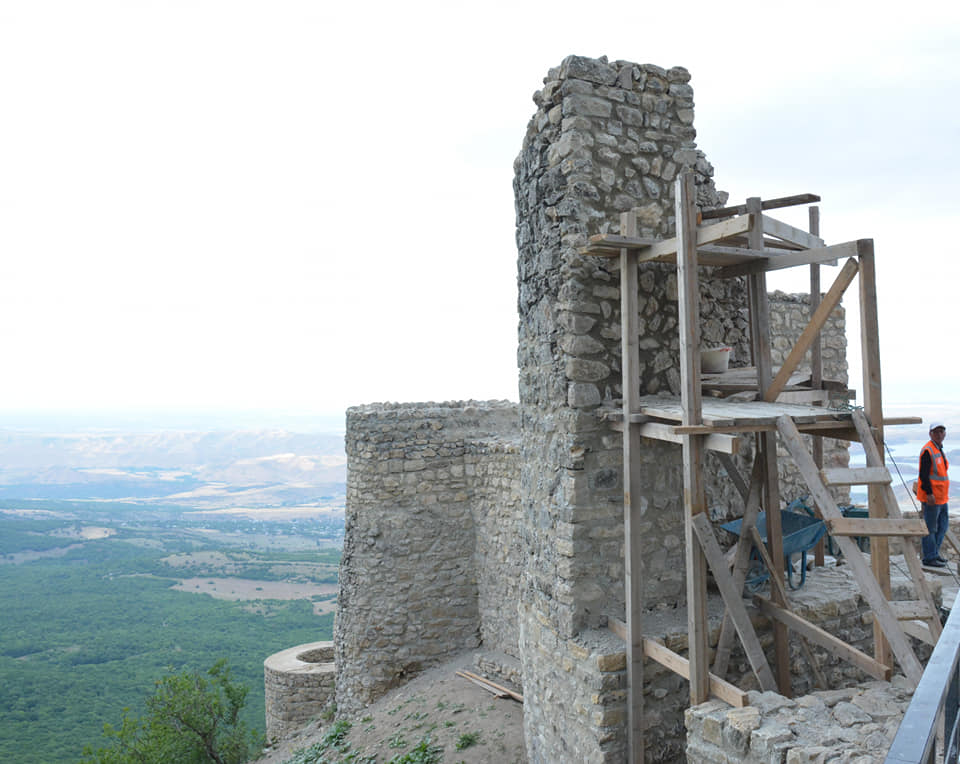

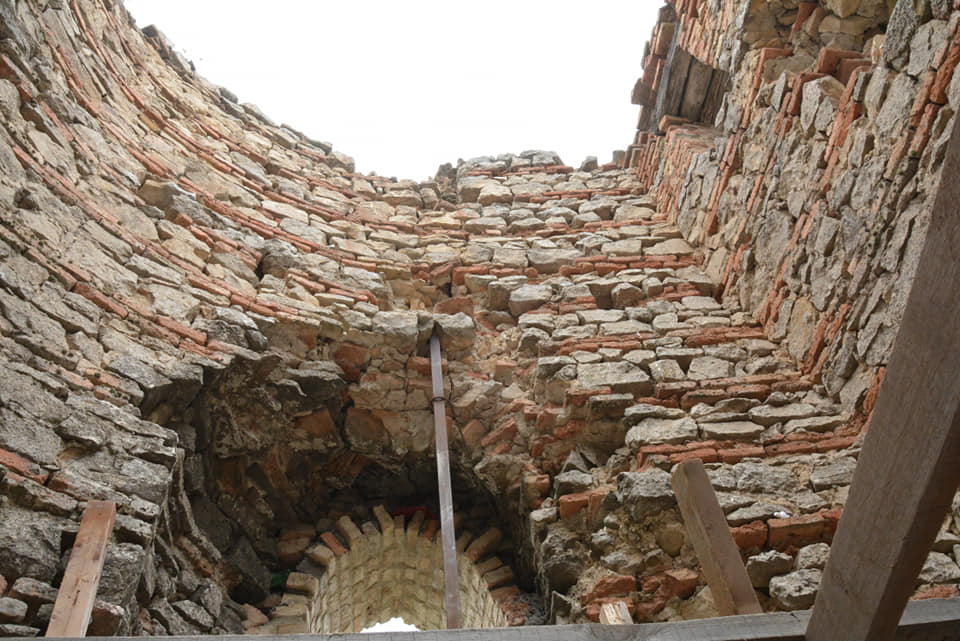













During the visit, the official guests were given detailed information about the genocide committed by the Armenian Dashnaks in Azerbaijan in 1918. Mr. Ambassador was presented with books and booklets reflecting the events of the genocide by the management of the Complex.



Beginning in the early twentieth century, Armenian aggression began to gain wlarge scale. Taking advantage of the revolutionary processes in Russia and the weakening of control by the center in 1905-1906, Armenians committed mass genocides against Azerbaijanis in Baku, Zangazur, Yerevan, Nakhchivan, Ordubad, Echmaidzin, Javanshir and Gazakh, also expelled civilians from their homes. Totaly, in 1905-1906, Armenians destroyed 200 villages in Ganja and Gazakh provinces, 75 villages in Shusha, Jabrayil and Zangazur provinces, and more than 200 settlements in Yerevan and Ganja provinces. The facts proving the occurrence of these events are especially reflected in the books of MS Ordubadi “Bloody years”, MM Navvab “Armenian-Muslim war in 1905-1906”.




On June 16, 19 days after the declaration of independence of the Azerbaijan Democratic Republic by the National Council and the Government of Azerbaijan on May 28, 1918, the government was transferred from Tbilisi to Ganja. For three months before the liberation of Baku from the Bolsheviks, the Government continued its activities in the city municipality. Official statements were sent to the world’s major political centers to temporarily make Ganja the capital of the Republic.


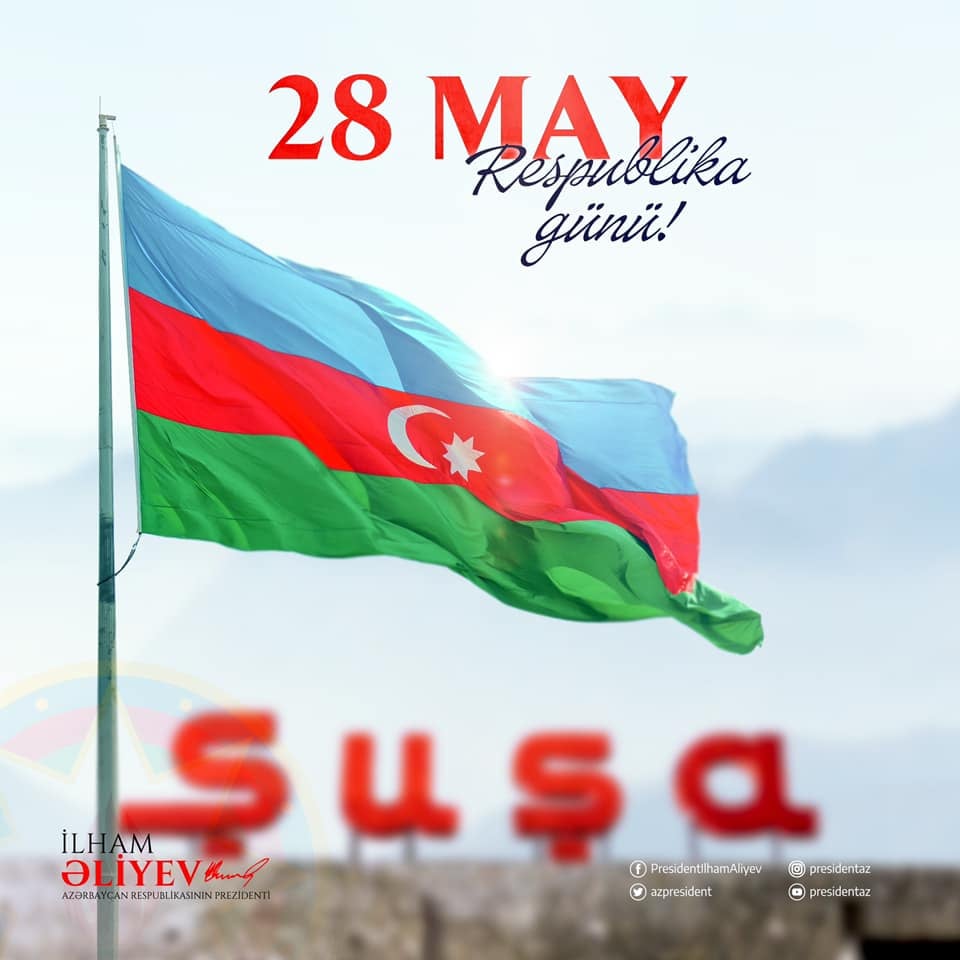












<iframe src=”https://www.google.com/maps/embed?pb=!4v1623736134726!6m8!1m7!1sCAoSLEFGMVFpcE5odGdXVWNSRFpqQ0dlZlV1dFhYVU1UTEFMQ3M5cTRjU0dFNEM0!2m2!1d41.3623894!2d48.4933775!3f36.38909875114426!4f0.4359903043787483!5f0.7820865974627469″ width=”600″ height=”450″ style=”border:0;” allowfullscreen=”” loading=”lazy”></iframe>